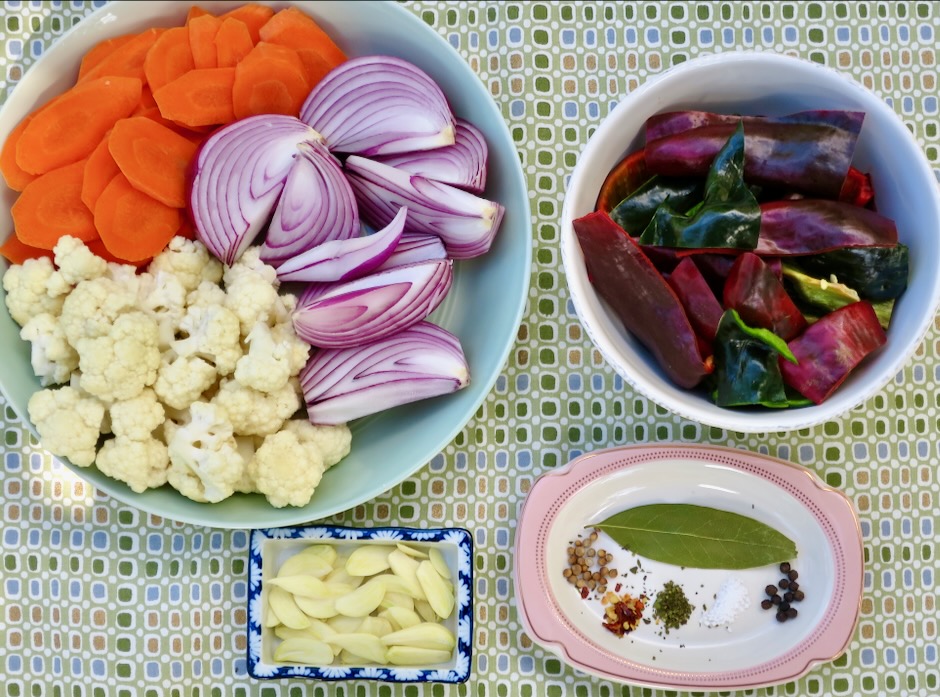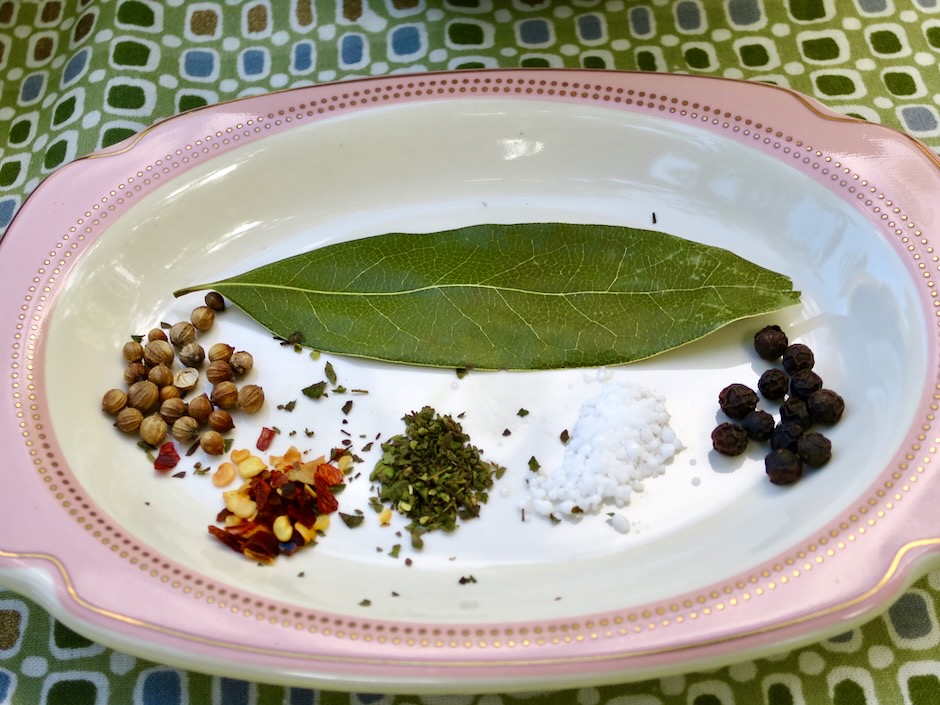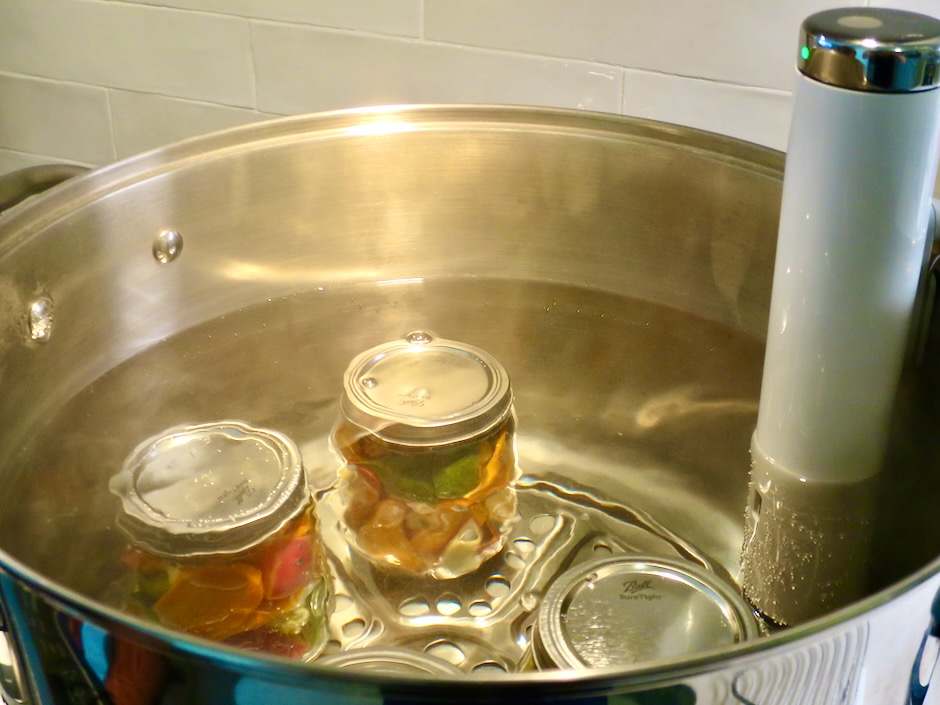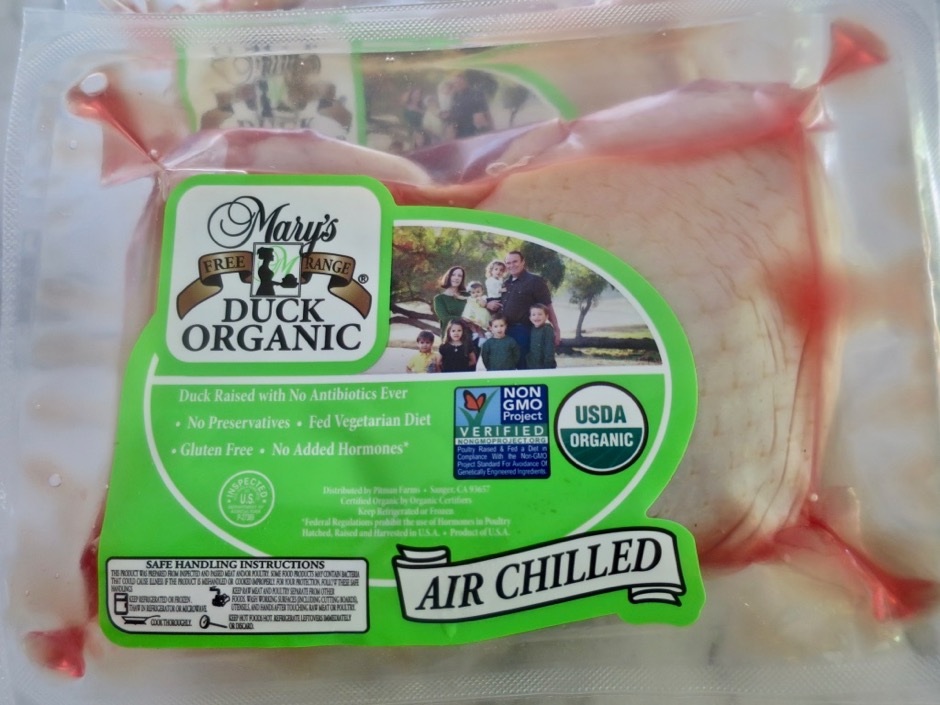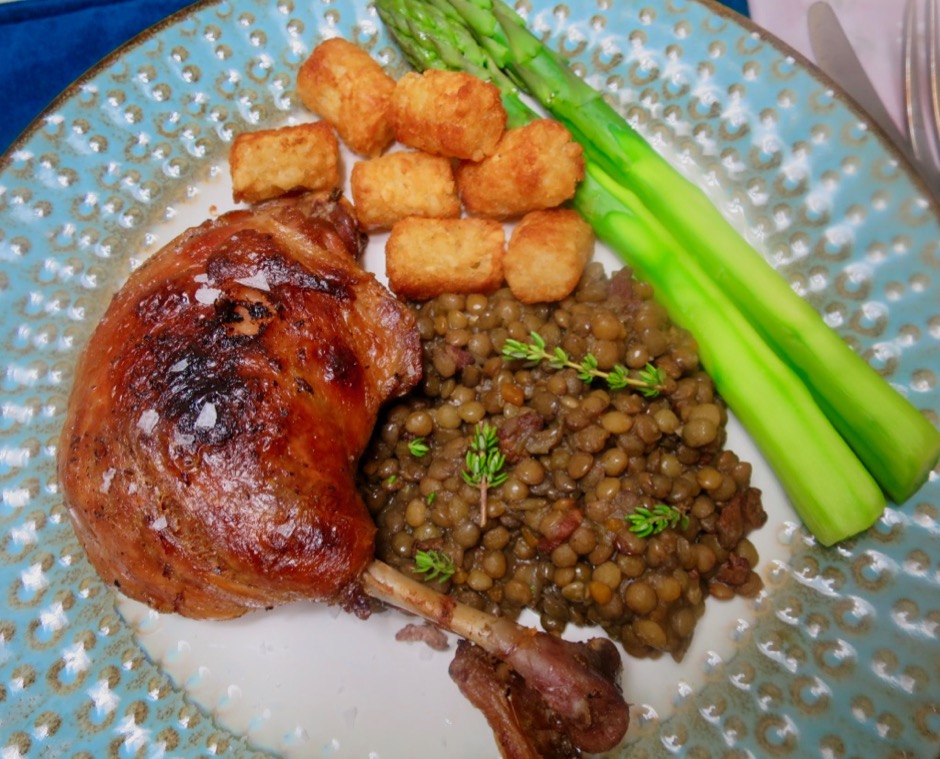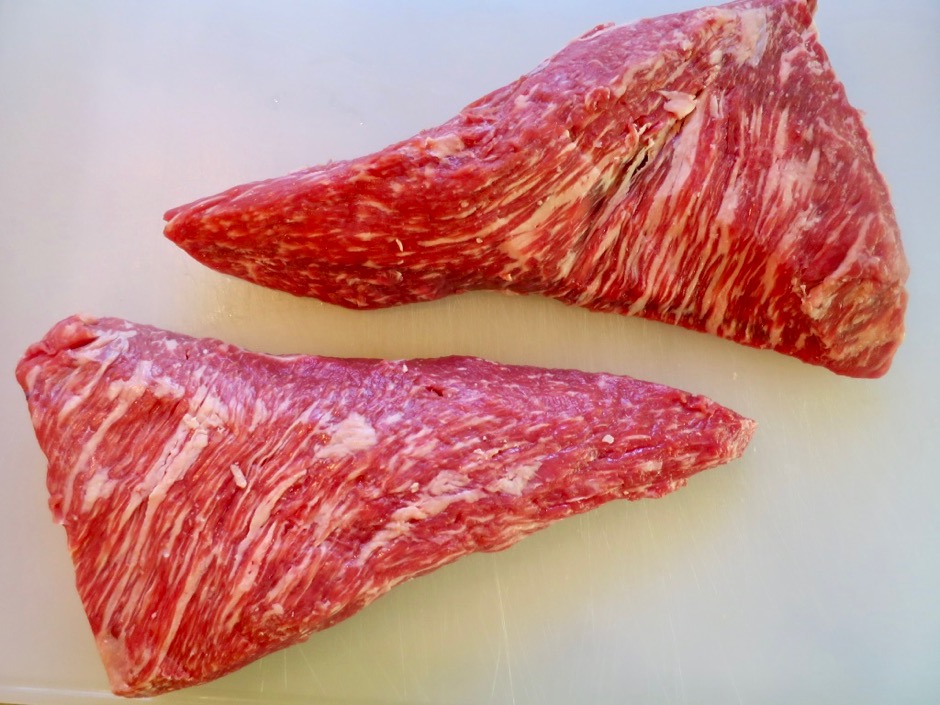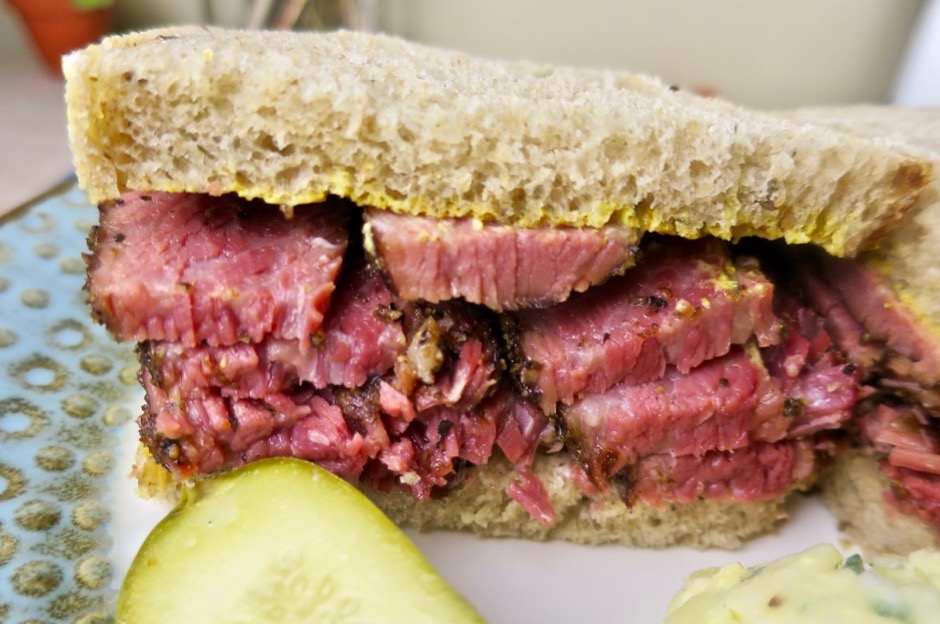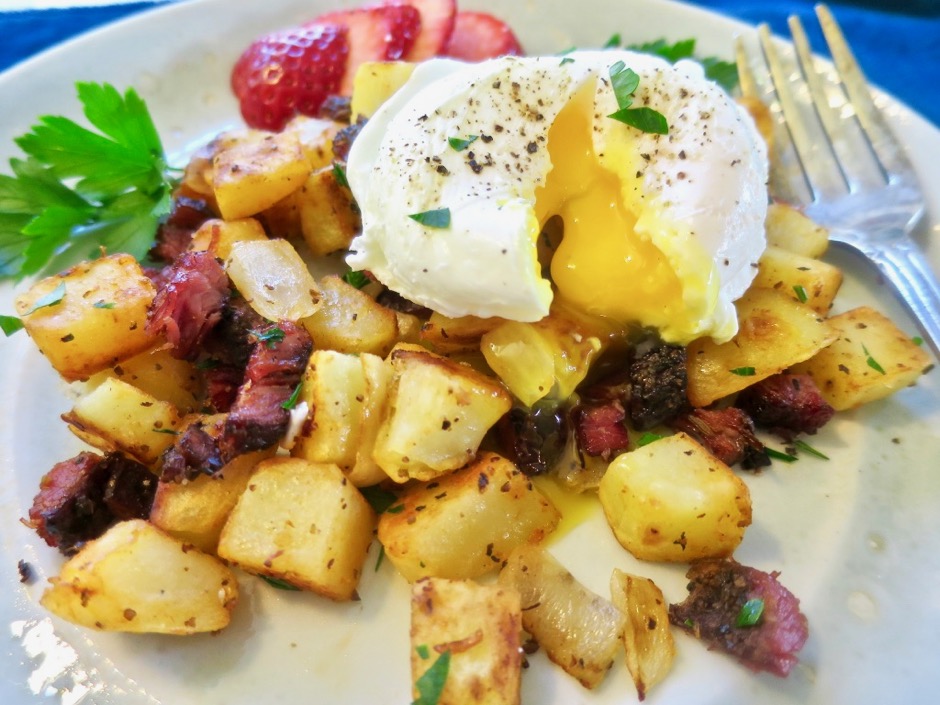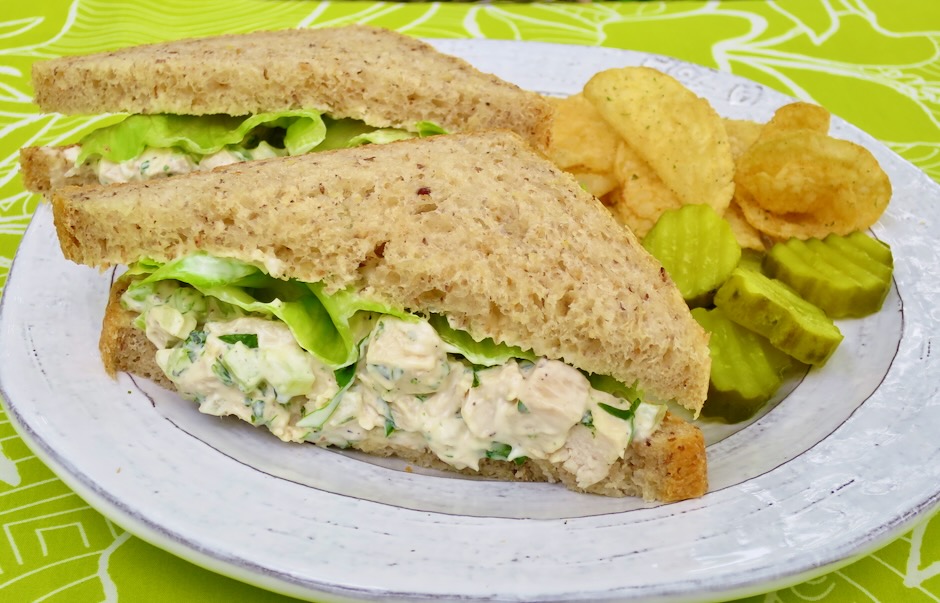
What to do with leftover chicken? In our case, we had extra roast chicken and decided on chicken salad sandwiches. A good sandwich is something I really enjoy, whether it’s tuna, smoked turkey, ham, pastrami, or egg. And since I’m a big fan of tarragon, I decided to expand my sandwich repertoire with this tarragon chicken salad. Tarragon takes chicken salad to a new level.

We occasionally grow French tarragon in a large planter pot in the garden, however, it is quite difficult to maintain. Fortunately I’m able to find it at our local Whole Foods market. It is a beautiful herb with slender green, fragrant leaves that have a slight anise-like flavor. It is a mainstay in French cooking and is an essential ingredient in béarnaise sauce. It pairs well with chicken, fish, salad dressings, sauces, and eggs.

Since the sandwich was so good and I didn’t have any leftovers, I decided to sous vide chicken breasts just for this salad. It is a foolproof method to cook chicken with perfect results. If you don’t have a sous vide tool, you may choose your favorite way to prepare chicken breasts. Use a slow cooker, or poach or bake your chicken breasts. If you’re short on time you can use rotisserie chicken.

The chicken breasts were seasoned with kosher salt, pepper and a few sprigs of tarragon before being cooked.

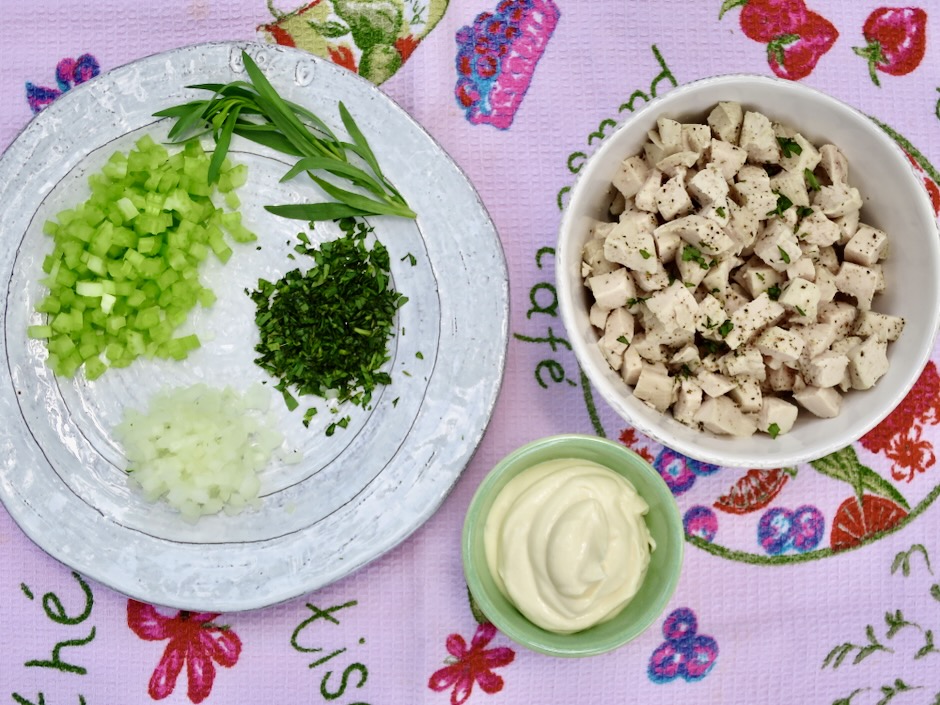
The only special ingredient you need is tarragon. It is not commonly found in stores here on Maui except at Whole Foods. When I see it, I buy it. It will last for a week and before that time is up, I’ve already planned on what I’m going to make with it.

Once you have a taste of this chicken salad, I’m confident you will enjoy it as much as I do.
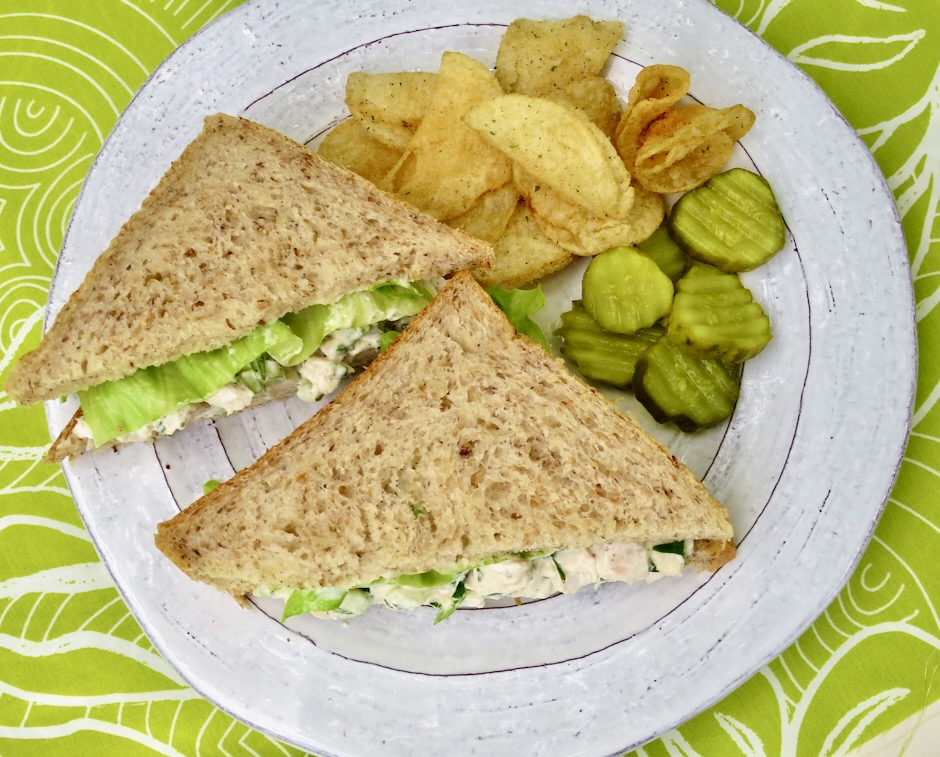
Ingredients
2 cups cooked chicken, chopped
1/3 cup (1 stalk) chopped celery
2 tablespoons diced sweet onion
1 1/2 – 2 tablespoons chopped fresh tarragon
1/3 cup mayonnaise
1 1/2 teaspoons Dijon mustard
salt and pepper to taste
Sandwich bread, butter, mayonnaise, lettuce
Directions
- To sous vide chicken, season 1 pound chicken breasts (2 pieces) with kosher salt and freshly ground black pepper. Place a small sprig of tarragon on each piece of chicken. Vacuum seal chicken in bags, or use a Ziploc freezer bag and the water displacement method. Sous vide at 158 degrees for 1 1/2 hours and up to 4 hours. Transfer bag to an ice water bath to chill thoroughly before using in recipe.
- Chop chicken breasts (sous vide, slow cooker, roasted, baked, rotisserie) into small cubes. Place in a medium bowl. Add diced celery, chopped onions, and tarragon. Give the chicken a quick stir. Combine mayonnaise and Dijon in a small bowl. Stir into chicken mixture and season with salt and pepper to taste.
- Butter one side of sandwich bread and spread a thin layer of mayonnaise on the other side. Scoop chicken salad onto buttered side, top with crispy lettuce and place remaining slice of bread on top. Slice sandwich in half, serve with chips and pickles.
Notes
- Tarragon chicken salad is best eaten the day it is made but can be stored in the refrigerator for up to 1 day.





